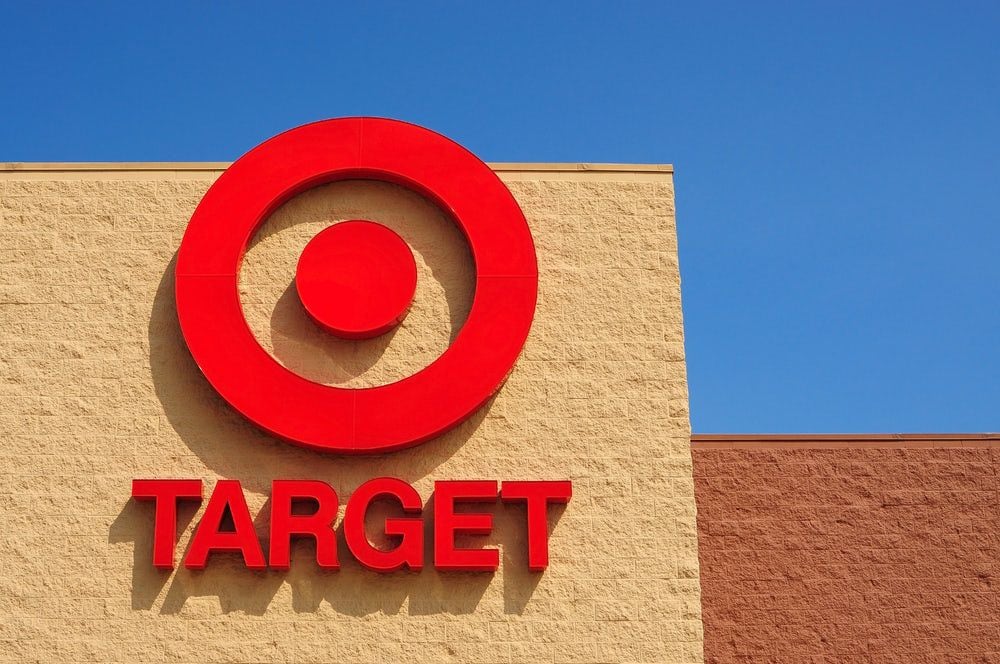
Opening new stores is back in style — at some US retail chains.
Executives at several major retailers in recent weeks have touted the chains’ efforts to gain market share by adding new locations. Target, for instance, is adding 300, Walmart, 150; Sam’s Club, 30; Bloomingdale’s, 15 and Bluemercury at least 30.
This new expansion marks a major change in strategy following years of store closures and warnings of a “retail apocalypse” caused by the rapid growth of online shopping, particularly during the pandemic.
Shoppers have continued to visit stores, even if just to pick up their online orders or have a Starbucks coffee. This has occurred even as some famous retail names have filed for bankruptcy protection, from J.C. Penney to Lord & Taylor to Bed Bath & Beyond.
Walmart and Target have hailed consumers’ fondness for store pickup and delivery services for driving visits and sales in their most recent results. Walmart said online order pickup and delivery offerings helped drive its traffic up 4 percent. Target said “Drive-up” was popular in recouping about 240 basis points of traffic in the holiday quarter versus the prior quarter.
Target said on Tuesday that it would open more than 300 predominantly full-size stores over the next decade, for instance. The Minneapolis-based chain plans to add more sections for food in the new stores, after generating $8 billion in additional sales from that category since 2019. Once developed, the new Target stores are expected to boost sales by $15 billion annually.
It also intends to remodel nearly 2,000 existing stores. The remodels will range from full-scale renovations to less dramatic upgrades, adding new light fixtures, Ulta Beauty areas within the Target stores, and building out backrooms to fulfill online orders through Target’s same-day delivery service.
The addition of big stores, most to be larger than the chain’s average stores of 120,000 square feet, is a departure from its recent strategy of opening small-box stores in urban locations, analyst Edward Yruma of Piper Sandler & Co noted at a Target investor meeting in New York following its holiday quarter results.
For instance, Target last year announced plans to open six new stores in New York City, many of them smaller in footprint than a regular big-box Target store.
Walmart has also pivoted its strategy. In 2015, the retailer said it would slow store openings to focus on building its e-commerce business to take on Amazon.com. It last opened a store in November 2021.
In January, however, it announced plans to build more than 150 new Supercenters and smaller-format Neighborhood markets over the next five years. This comes just a year after it said it would open 30 new Sam’s Clubs across the country, its first new openings for the chain since 2017. It is also remodeling 650 existing Walmart stores over the next 12 months.
Walmart, which generates more than $600 billion in annual sales, operates about 4,700 US stores – most of them huge Supercenters selling everything from apples to shoes and TVs.
Macy’s is another retailer building new stores. The department store operator laid out plans to open several more luxury Bloomingdale’s and Bluemercury locations over the next three years. But it also said it will close 150 big Macy’s stores, including some flagships, to focus efforts on expanding these better-performing luxury brands.
By Siddharth Cavale; Editor: Matthew Lewis
Learn more:
As Target Celebrates 25 Years of Designer Collaborations, Fashion Takes a Backseat
The American big-box retailer announced its upcoming partnership with Diane von Furstenberg amid a sales slump in apparel and other discretionary categories.



